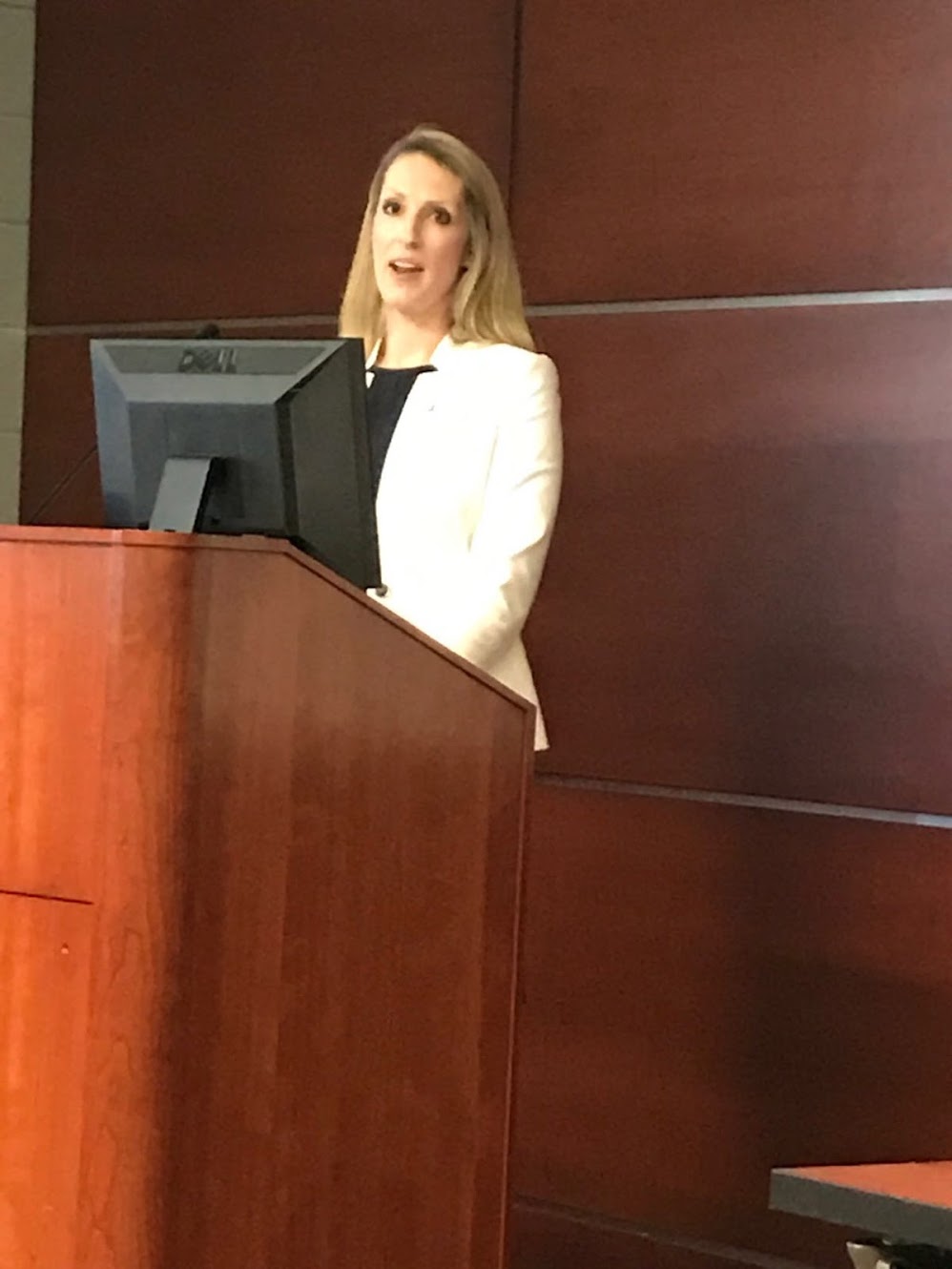Economic Equality Caucus
which advocates for economic equality across the USA.
| Home | Organizational Structure | State Coordinators | Executive Director | Caucus Articles | Memberships | |||||
| "Delta Vision, Delta Voices" | ||||||||||
|
Help Advocate for Economic Progress and Equality. Donate to the Delta Caucus/Economic Equality Caucus. |
||||||||||
Delta Grassroots Caucus Events

Credit Michael Hibblen/ KUAR News, Arkansas Public Radio; Former President Bill Clinton speaking to the Delta Grassroots Caucus on May 2, 2013, at the University of Arkansas Clinton School of Public Service, Little Rock

U. S. Senator John Boozman, Arkansas, at a Delta Grassroots Caucus meeting at the US Capitol

Brad Cole, Executive Director of the Municipal League of Illinois; previously a senior aide to former Republican US Sen. Mark Kirk of Illinois, earlier Mayor of Carbondale, Illinois, veteran Delta regional advocate, speaking at the Delta regional conference in West Memphis, Arkansas on April 26, 2019.

President Bill Clinton makes a comment to Delta Caucus Director Lee Powell at a meeting in Blytheville, Arkansas (in the northeast Arkansas Delta) on Nov. 2, 2014

The Delta Caucus would like to pay tribute to the late, great U.S. Sen. Thad Cochran of Mississippi, a powerful force in the US Senate for decades and a champion for the Delta. Sen. Cochran passed away on May 30, 2019. He spoke to the Delta Caucus on many occasions over the years (he is pictured above speaking to a Caucus event on Capitol Hill in Washington, DC) and his thoughtful, courteous and bipartisan leadership will be sorely missed.

Marcie Lawson, Executive Director, Sikeston, Missouri Regional Chamber and Area Economic Development Corporation, speaking at the Delta regional conference in West Memphis, Arkansas on April 26, 2019.

Alan Gumbel, Greater Memphis Alliance for a Competitive Workforce, Memphis, Tennessee, speaking at the Delta regional conference in West Memphis, Arkansas on April 26, 2019.

Mayor Shirley Washington of Pine Bluff, AR, speaking to the Delta Caucus at the Arkansas Capitol Rotunda in 2017.
Facts on Nutrition Provisions of American Recovery & Reinvestment Act of 2009
Posted on March 23, 2009 at 01:25 PM
A disproportionately large number of people in the Delta suffer from a lack of adequate access to nutritious, affordable food, as demonstrated by the high levels of food insecurity in our region documented by USDA. Provisions in the American Recovery and Reinvestment Act (which became law on Feb. 17, 2009) contain nutrition provisions intended to deal with the unusually large number of people in need of nutrition assistance due to the economic crisis. The expanded nutrition funding in this legislation is also designed to stimulate economic development.
Just before the recession began in December 2007, 36.2 million Americans, including 12.4 million children, suffered from “food insecurity,” meaning a lack of money or other resources either prevented them from having enough food to eat or created some doubt in that regard. The years 2007 and 2008 were marked by a combined food price increase of 9.5%, deepening concerns about affordability for America’s most vulnerable families. The current downturn has put even greater strains on those who use these services, and the Delta food insecurity rates are even more alarming than the national picture.
According to the USDA, each $1 billion invested in food stamps results in an increase of 16,400 private sector jobs due to expanded economic activity in such areas as farming, livestock, food processing, and transportation. The stimulus package provisions are summarized below. For further information see the website of the nonprofit organization, the Food Research and Action Center at frac.org, which has a very good, comprehensive summary that we partly utilize here, or USDA.gov.
–$19.9 billion for increased Supplemental Nutrition Assistance Program (formerly known as Food Stamps) spending. Most of that will be for increasing benefits to an initial 13.6 percent increase in the value of the Thrifty Food Plan. The increase phases out over time and will start with the April 2009 allotments.
The legislation suspends time limits on eligibility for jobless adults without dependents through FY 2010 unless a state chooses to offer workfare slots.
–$295 million for SNAP/Food Stamp administrative costs, almost all of it to states. Of that, $4.5 million goes to USDA for oversight (FY 09 payments to flow to states no later than 60 days after enactment). The formula will be based on states’ shares of SNAP/Food Stamp households over the previous 12 months (75 percent) and of SNAP/Food Stamp increases in last 12 months (25 percent).
–$500 million for the Women, Infants, and Children (WIC) nutrition program, with $400 million to support anticipated increases in the caseload and $100 million for Management Information Systems (MIS).
–TAX CREDITS–help for the families of millions of children through an expansion of the refundable Child Tax Credit (allowing families to begin qualifying for the child tax credit when earnings go over $3,000).
–Expands the Earned Income Tax Credit by providing additional relief to families with three or more children and increasing marriage penalty relief.
–CHILD DEVELOPMENT–$1.1 billion for Early Head Start and $1 billion for Head Start, for comprehensive development services to low-income infants and preschool children - thereby providing services for 110,000 additional infants and children. Because virtually all such children receive meals and snacks paid for by CACFP, almost all of these added children will receive these nutrition benefits under existing law.
–$2 billion for the Child Care Development Block Grant to provide child care services to an additional 300,000 children in low-income families while their parents go to work. Many of these children will also get CACFP nutrition benefits under current law.
–UNEMPLOYMENT–Continues through December 2009 the extended unemployment benefits program (which provides up to 33 weeks of extended benefits) that is otherwise scheduled to start phasing out at the end of March 2009 - thereby helping an additional 3.5 million jobless workers.
–Increases unemployment benefits for 20 million jobless workers by $25 per week, and encourages states to modernize their UI systems to keep up with the changing workforce with expanded coverage.
Implementation Issues/Resources:
UI: Some Governors have indicated they may forgo taking all of the federally-funded unemployment benefits available for jobless people in their states. Information about what is at stake in your state on this issue are contained in National Employment Law Project postings. See Get the Facts Straight Governors: Unemployment Provisions of the Economic Recovery Bill Will Help Jobless Workers & Boost Local Economies – While Cutting Employer Taxes in Key States (National Employment Law Project release, 2/23/09)(pdf)
–Provides $100 million for school food service equipment grants.
–Provides $5 million for the Food Distribution Program on Indian Reservations (FDPIR) to allow for facility improvements and equipment upgrades.
–Provides other food assistance, including $100 million for Emergency Food and Shelter to help local community organizations provide food and shelter;
–$100 million for formula grants to states for elderly nutrition services including Meals on Wheels; and
–$100 million for The Emergency Food Assistance Program (TEFAP) to purchase commodities and $50 million for TEFAP administrative expenses.
Gives a one-time extra payment of $250 to SSI recipients.
INFORMATION ON USDA GRANTS TO INCREASE PARTICIPATION IN THE SUPPLEMENTAL NUTRITION ASSISTANCE PROGRAM:
In a separate matter related to nutrition programs, here is information about grants USDA recently announced it will award of up to $5 million to help make the Supplemental Nutrition Assistance Program (SNAP) – formerly the known as the Food Stamp Program – more accessible.
The Food and Nutrition Act of 2008 authorized USDA to award $5 million in grants for state and local government and private non-profit organization projects aimed at simplifying the SNAP application and eligibility systems or improving access to SNAP benefits by eligible households. In mid-March the Department announced the request for proposals with a deadline to submit grant applications of June 11, 2009.
This year, USDA plans to fund a partnership between a State agency and one or more private non-profit organizations to enable improvements in State agency intake practices coordinated with community access initiatives. The Department also intends to fund one or more projects designed to improve the retention of eligible households’ participation in SNAP at the point of recertification.
SNAP, administered by USDA’s Food and Nutrition Service, is the cornerstone of federal nutrition-assistance programs, serving more than 31 million people each month.
Grant applications for organizations can be obtained at www.grants.gov or on the Food and Nutrition Service website at www.fns.usda.gov/snap or by calling the grant officer, Lisa Johnson, at (703) 305-2848
Back to the top